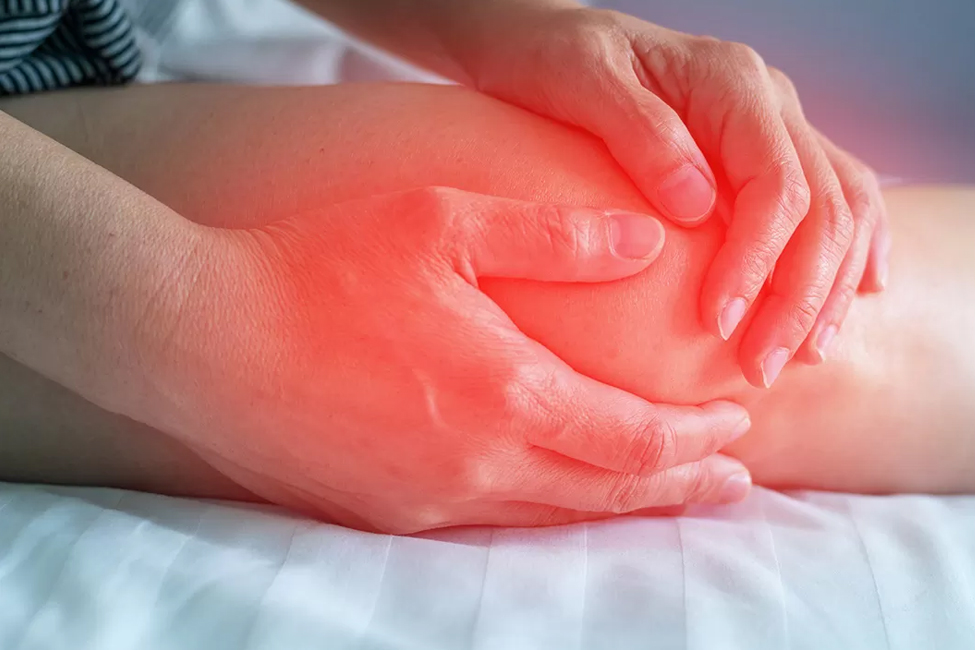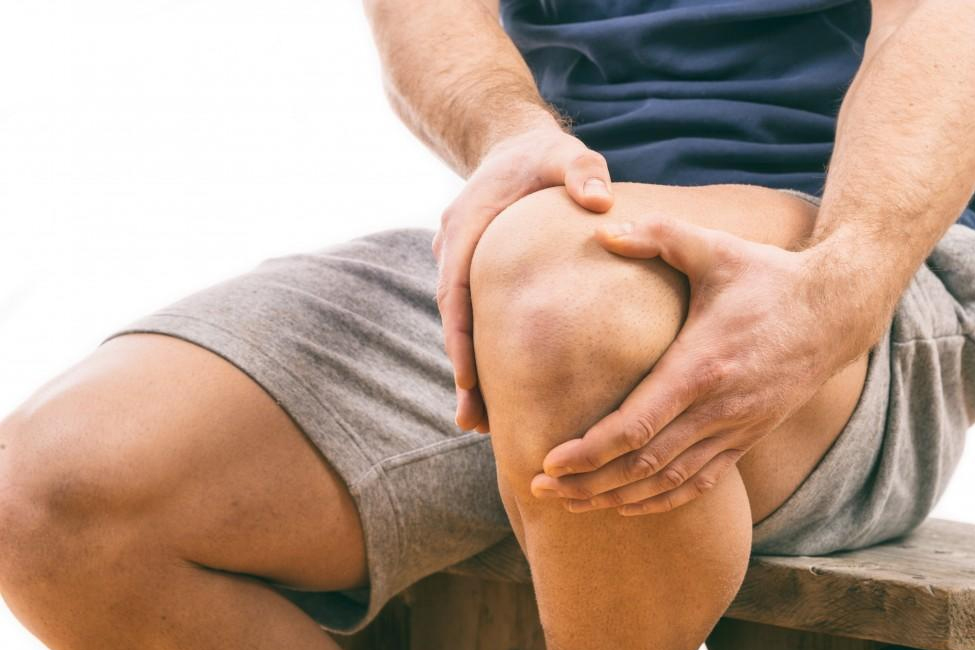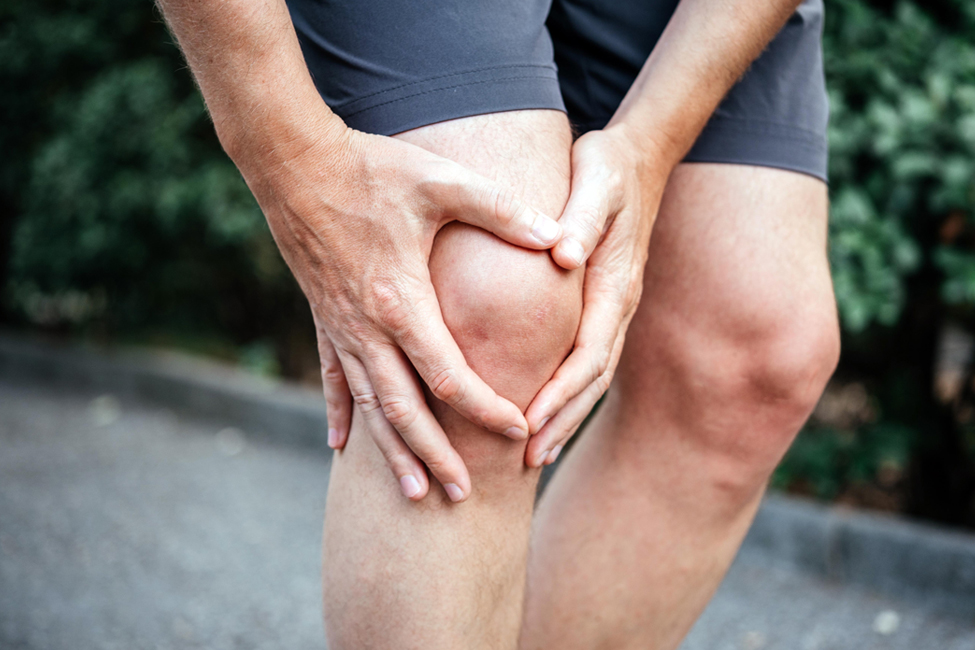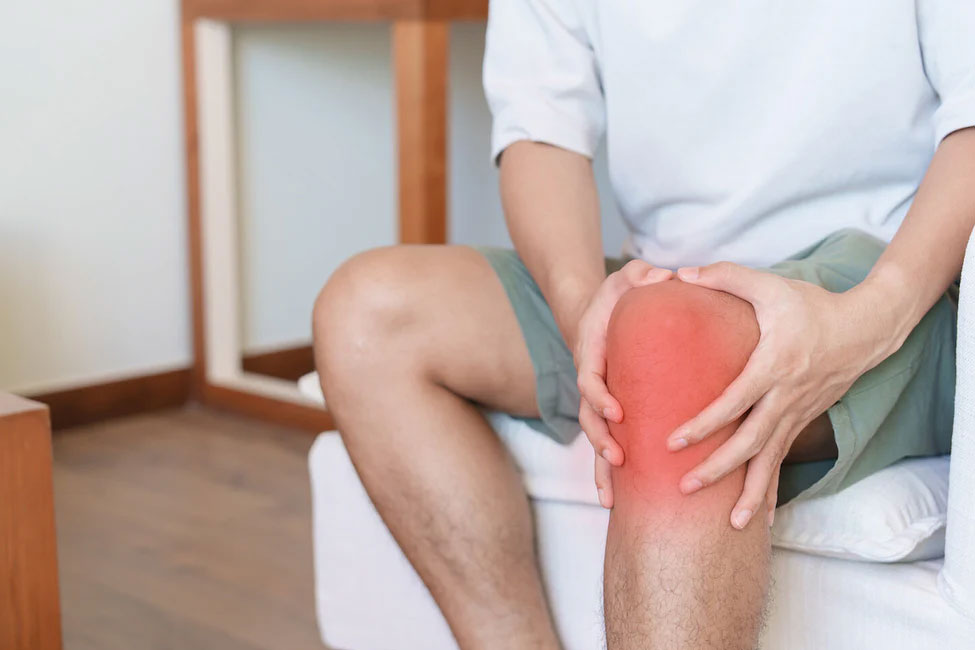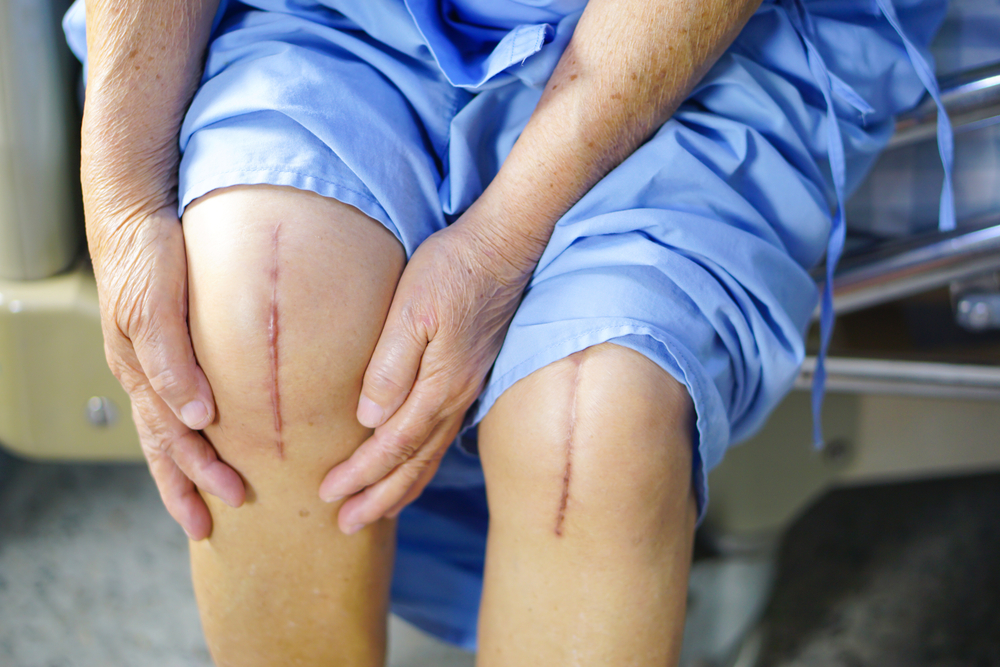Anterior Cruciate Ligament Tear: Causes, Symptoms, Treatment, and Prevention
What is an Anterior Cruciate Ligament Tear?
An anterior cruciate ligament tear, often called an ACL tear, is like a stretchy band inside your knee snapping. Your knee has ligaments that hold it together, and when the ACL tears, it can lead to pain, swelling, and instability in the knee. It often happens during sports or activities that involve sudden stops, pivoting, or impacts
Type of Anterior Cruciate Ligament Tear
There are typically two types of ACL tears:
- Partial ACL Tear: It’s like a small rip in the ligament. The ACL is still somewhat intact, but not fully, which can cause instability and discomfort.
- Complete ACL Tear: This is like the ligament snapping in two. It means the ACL is entirely torn, resulting in significant knee instability and often requiring treatment.
How Common is Anterior Cruciate Ligament Tear?
ACL tears are relatively common, especially among athletes. It’s estimated that hundreds of thousands of ACL injuries occur each year, making it one of the more frequent knee injuries. However, anyone, not just athletes, can experience an ACL tear due to accidents or sudden movements that strain the knee joint.
Causes of Anterior Cruciate Ligament Tear
An anterior cruciate ligament (ACL) tear typically occurs due to sudden, forceful movements or trauma to the knee. Here are common causes:
- Sports Injuries: Rapid direction changes, sudden stops, or collisions in sports like soccer, basketball, and football can strain the ACL.
- Awkward Landings: Landing poorly from a jump, especially when the knee is bent and twisted, can lead to an ACL tear.
- Slips and Falls: Accidental slips, trips, or falls can result in awkward knee positions that stress the ACL.
- Vehicle Accidents:Car accidents or other high-impact accidents may force the knee into unnatural positions, causing an ACL tear.
- Overextension: Hyperextending the knee, such as when your lower leg moves too far forward, can stretch and damage the ACL.
- Sudden Stops: Abrupt stops while running or abrupt changes in direction can strain the ACL.
- Direct Impact:A direct blow to the knee can damage the ACL, although this is less common than the other causes.
Symptoms of Anterior Cruciate Ligament Tear
When you have an anterior cruciate ligament (ACL) tear, your knee might let you know in various ways:
- Immediate Pain: It’s like a sudden, sharp pain in your knee when the ACL tears, followed by ongoing discomfort.
- Swelling: Your knee may puff up and feel like a water balloon, especially within the first few hours after the injury.
- Instability: Your knee might feel wobbly, like it’s giving way, making it hard to trust your leg’s stability.
- Audible “Pop”: Sometimes, you might hear or feel a pop in your knee when the injury occurs.
- Limited Range of Motion: Your ability to fully bend or straighten your knee may decrease due to pain and swelling.
- Difficulty Walking: Walking or bearing weight on the affected leg can be challenging because of pain and instability.
- Discomfort During Activity: You might experience pain and instability, particularly during activities that involve pivoting or sudden stops.
- Tenderness: Your knee may be tender to the touch in the area around the ACL.
Diagnosis of Anterior Cruciate Ligament Tear
When you suspect an anterior cruciate ligament (ACL) tear, a orthopaedic specialist will use these steps to confirm it:
Medical History
Your doctor will ask about the injury, how it happened, and any symptoms you’re experiencing.
Physical Examination
The doctor will examine your knee for signs of swelling, tenderness, and instability. They may perform specific tests to assess the ACL’s function.
Imaging Tests
To get a clear view of the knee’s condition, your doctor may order these tests:
- MRI (Magnetic Resonance Imaging): This provides detailed images of the knee’s soft tissues, including the ACL, to confirm the tear.
- X-rays: Although X-rays don’t show the ACL itself, they can help rule out fractures or other bone-related injuries.
Lachman Test and Pivot-Shift Test
These special physical tests assess your knee’s stability and can indicate an ACL tear.
Arthroscopy (if needed)
Sometimes, your doctor may recommend an arthroscopic examination, a minimally invasive procedure to directly visualise and diagnose ACL tears and associated injuries.
Complications of Anterior Cruciate Ligament Tear
An anterior cruciate ligament (ACL) tear can lead to several complications, including:
- Knee Instability: A torn ACL may result in knee instability, making it challenging to perform daily activities or sports, which can lead to further injuries.
- Cartilage Damage: Over time, untreated ACL tears can harm the cartilage in the knee joint, potentially leading to arthritis and chronic pain.
- Meniscus Tears: The meniscus, a cushioning structure in the knee, can get damaged alongside an ACL tear, increasing pain and limiting knee function.
- Reduced Activity Levels: Individuals with ACL tears may become less active due to pain and instability, which can impact their overall health and fitness.
- Muscle Atrophy: Disuse of the affected leg can lead to muscle weakness and atrophy, further affecting knee stability and function.
- Recurrent Injuries: Without proper treatment, the risk of additional knee injuries, such as more ACL tears or ligament strains, increases.
- Long-term Knee Problems: Chronic knee pain, instability, and limited mobility can significantly impact one’s quality of life, even after treatment.
Treatment Options for Anterior Cruciate Ligament Tear
When you have an anterior cruciate ligament (ACL) tear, your doctor will discuss these treatment options with you:
Non-Surgical Treatment
- Rest and Rehabilitation: Rest, followed by physical therapy to strengthen the knee and improve stability, is often recommended for partial tears or individuals with a less active lifestyle.
- Bracing: A knee brace can provide support and stability, especially for people who want to avoid surgery or have medical reasons preventing surgery.
Surgical Treatment
- ACL Reconstruction: Surgery involves replacing the torn ACL with a graft (usually from a tendon in your body or a donor) to restore knee stability. This is commonly recommended for active individuals, athletes, or those with severe tears.
- Rehabilitation: Following surgery, physical therapy and rehabilitation are essential to regain strength, range of motion, and function in the knee.
Pain Management
Medications and other treatments may be used to manage pain and swelling during recovery.
Preventing Anterior Cruciate Ligament Tear
To reduce the risk of an anterior cruciate ligament (ACL) tear, consider the following measures:
- Always warm up before exercise to prepare your muscles and ligaments.
- Strengthen leg muscles through resistance exercises to stabilise your knee.
- Learn and use correct techniques, especially in sports.
- Wear well-fitting shoes with good traction.
- Prioritise fitness programs that enhance balance, agility, and core strength.
- Don’t overstrain your knee; allow adequate rest between activities.
- Include exercises to improve jumping and landing techniques.
- Consider knee braces in high-risk sports for added support.
- Maintain a healthy diet for strong bones and muscles.
- Allow your body time to recover between intense activities to prevent overuse injuries.
Living with Anterior Cruciate Ligament Tear
Living with an ACL tear means adapting your lifestyle while managing your knee’s health. Here’s how to do it:
- Adhere to your doctor’s guidance for treatment.
- Do prescribed exercises to regain knee strength and stability.
- Use recommended methods to ease discomfort.
- Adjust your activities to protect your knee.
- Consider using a knee brace during physical activities if advised.
- Focus on building leg muscles for knee support.
- Improve balance and body awareness with specific exercises.
- Keep scheduled appointments with your orthopaedic specialist.
- Adapt your daily routine to be more knee-friendly.
- Maintain a positive outlook and seek support from loved ones.
Living with an ACL tear may pose challenges, but with the right approach, support, and medical guidance, you can effectively manage and recover from this injury. Prioritising your knee’s health and following recommended treatments are key to a successful journey.
If you are dealing with an ACL tear and seek expert care and consultation, we encourage you to request an appointment with The Orthopaedic Practice and Surgery Clinic. Our specialised team can provide tailored treatment and guidance to help you regain mobility and lead a healthier, more active life. Your knee health is vital; taking proactive steps today can ensure a better tomorrow.


